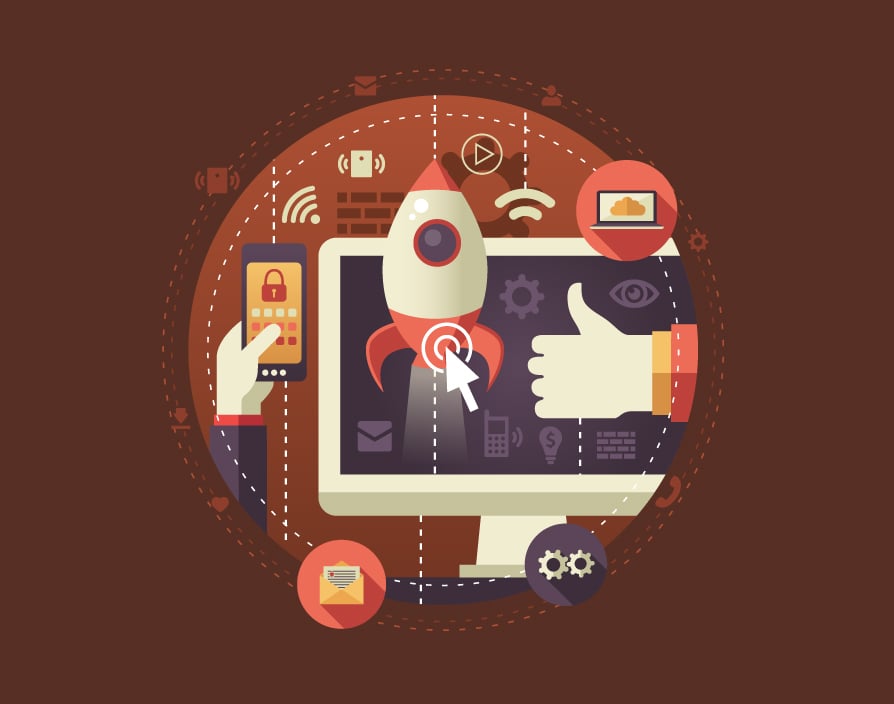There’s no longer any excuse for not putting digital at the heart of your business. With a recent report by Tech City UK recording the worth of the UK industry at more than £100bn and Salesforce reporting that 38% of marketers plan to shift spend from traditional mass advertising to marketing through digital channels, the number of opportunities available to brands are only set to increase.
Digital is impossible to avoid. In fact it’s so synonymous with our daily lives now that it’s no surprise that consumers and marketers alike are confused by what being digital actually means anymore, let alone what a digital strategy is. After all isn’t everything essentially digital nowadays?
When it comes to developing your strategy, this is obviously a major problem. According to an alarming stat from Martin Software’s Digital Marketing Census, 39% of senior marketers don’t fully understand digital. This is not only a damning indictment on the industry, it highlights a genuine need for a greater level of clarity. In essence, if a significant number of marketers don’t understand digital, how are appropriate strategies going to be developed for the many different channels in the modern marketing landscape?
In short, they aren’t. So, with this in mind, what does a ‘digital strategy’ actually mean in 2015?
To answer that question, you first need to start with the audience. If a brand cannot easily identify the people it wants to talk to, its ability to influence them will be severely diminished. In addition to this, too many brands assume that the peculiarities and behaviours of their offline and online audiences are the same. This is not the case. Whilst for the millennial generation, online communications and social interactions are second nature, it’s important to remember that what works for one demographic won’t necessarily work for another.
Understanding the needs of each individual customer, the way they interact with a brand and how those experiences could be improved is also crucial in creating a strategy that provides an effective and engaging experience. Once you have identified the right audience, it’s important for brands to understand how its needs and requirements can be met. You need to understand. Creating a bond and giving value back to the audience is critical.
Digital is perfect for communicating in a more direct and instantaneous manner but it also offers an incredibly powerful toolset for simplifying key processes. Marketers not only need to understand how they can utilise these tools in the most effective way to drive influence, but also how they can dramatically improve the experience customers have with the brand across a variety of touchpoints. In an environment where customers are constantly being bombarded with information, this is particularly important.
O2 is one of a growing number of companies that are tackling this head on. Whilst in the past it used to take its customers a minimum of 12 clicks to purchase a phone package, it now takes four or less. This tight focus on the customer journey is crucial to dramatically enhancing the brand and consumer relationship. The resetting of these expectations is both a digital benefit and a hindrance – audience expectations grow at an alarming pace when they have a better experience elsewhere and are unlikely to be brand loyal. ![]()
Share via:








































